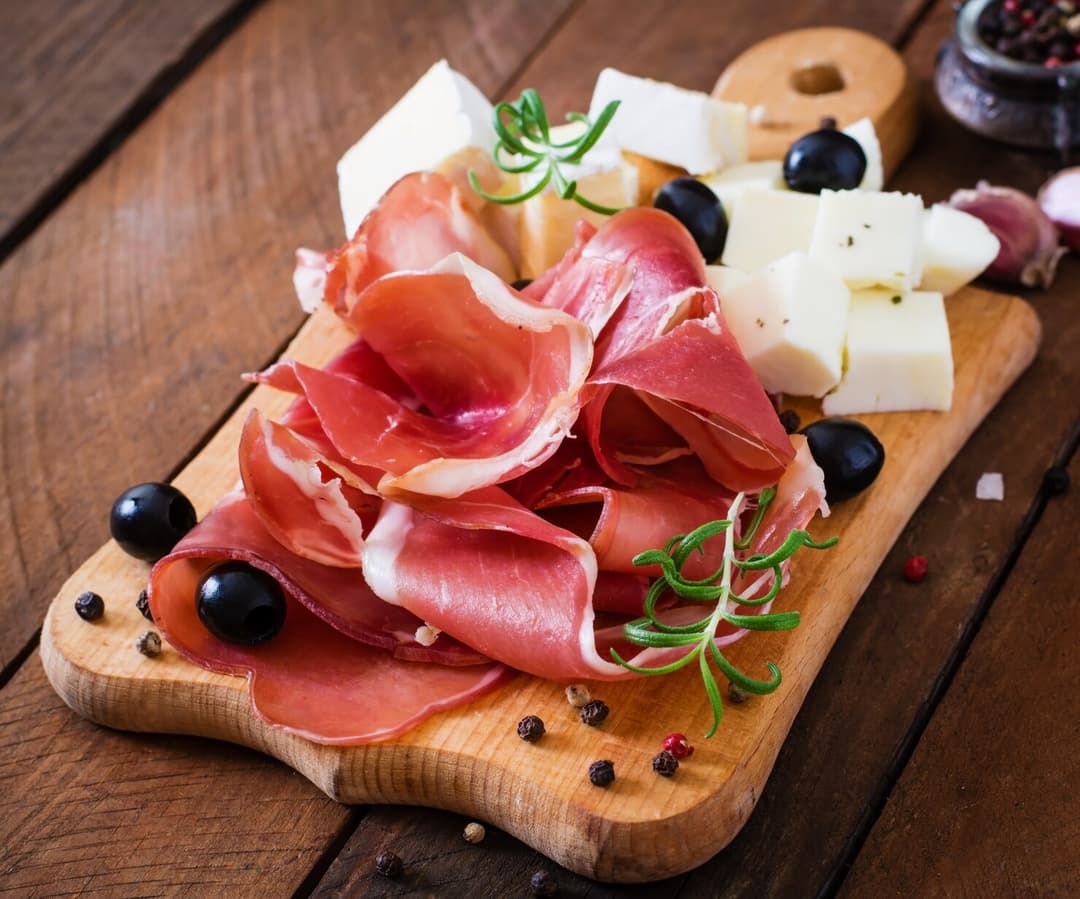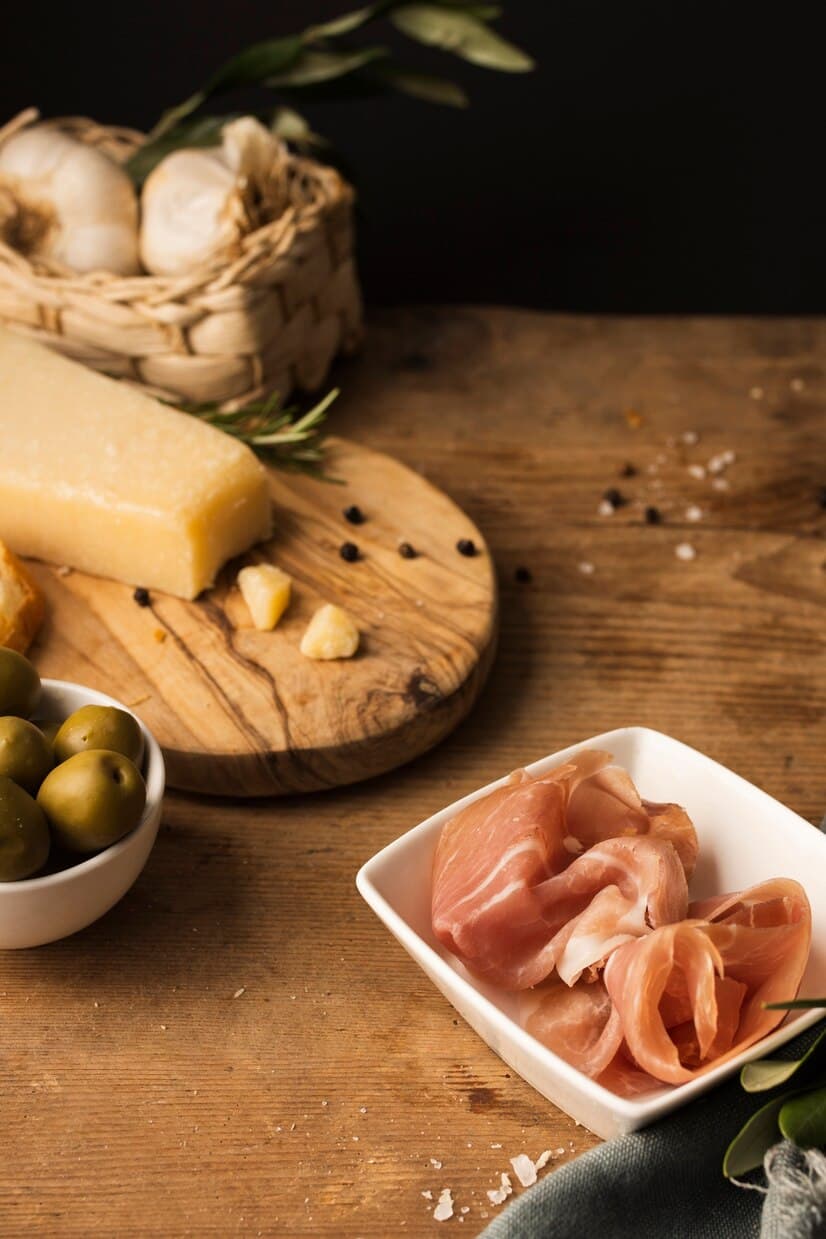How Prosciutto Makers Are Preserving Tradition While Reaching New Markets
Prosciutto isn’t just a delicacy. It’s a centuries-old craft wrapped in salt, time, and pride. Whether you’ve picked it off a charcuterie board or draped it over a slice of melon, you’ve probably noticed there’s something special about it, and that’s no accident. Behind every paper-thin slice is a story of tradition, region, and a process that’s been perfected over generations.

200+ buyers trust Torg for sourcing


The Craft Behind Every Slice
What Makes Traditional Prosciutto So Unique?
Prosciutto isn’t your average ham. Traditional prosciutto suppliers, especially that offer varieties like Prosciutto di Parma or San Daniele, involves just a few ingredients: pork, salt, air, and time. There’s no cooking, no smoking, and certainly no shortcuts. What you get is a product that relies on the quality of the meat, the skill of the maker, and a curing process that can take up to two years.
It’s this slow, deliberate method that gives prosciutto its signature flavor and melt-in-your-mouth texture. And while the process might sound simple, it takes expert judgment to know when a ham is just right.
Regions That Define Quality
The region matters a lot not just for the name, but for the taste. Prosciutto di Parma comes from the Emilia-Romagna region, where the unique climate plays a key role in the curing process. San Daniele, from Friuli Venezia Giulia, is slightly sweeter, thanks to the mix of Alpine air and Adriatic breezes.
Protected Designation of Origin (PDO) status means you can’t just slap these names on any ham. It has to come from a specific place, made in a specific way, following strict rules. That’s how producers protect quality and it’s also why prosciutto lovers are willing to pay more for the real thing.
Why Authenticity Is in Demand
In a world of mass production, consumers are craving something real. Prosciutto fits right into the global shift toward authentic, heritage-rich foods. Shoppers don’t just want something tasty. They want to know where it came from, who made it, and how.
This has pushed demand for traditional prosciutto far beyond its European roots. Whether it’s in upscale supermarkets in Tokyo, food halls in New York, or fine dining spots in Sydney, prosciutto has become a global star.
Balancing Tradition and Modern Needs
Here’s the challenge: how do you keep that old-school charm while meeting global demand?
Smaller producers are navigating this carefully. Many still stick to traditional curing times and regional pork sourcing, but they’re also upgrading their facilities, improving packaging, and working with logistics partners who can ship without sacrificing quality.
They’re also turning to storytelling using labels, QR codes, and websites to share their heritage with a broader audience. The story behind the slice has become part of the experience.

Prosciutto Goes Global
From Italy to Everywhere
Prosciutto may have started in Italian kitchens, but today it’s turning up in California sandwiches, Korean bistros, and Brazilian brunch boards. Its versatility and upscale appeal make it easy to love whether it’s wrapped around asparagus, paired with figs, or simply served with bread and olive oil. See more olive oil manufacturers here.
This global popularity has opened up huge opportunities for Italian producers. Export markets are booming, and international foodies are hungry for more.
Scaling Up Without Losing Soul
Of course, going global comes with challenges. Maintaining the handcrafted feel of prosciutto while scaling up production takes serious planning. Producers need to handle logistics, shelf life, and food regulations in other countries all without changing what makes prosciutto, well, prosciutto.
Larger operations are investing in cold-chain shipping, smart packaging, and technology that tracks freshness without interfering with the traditional curing process. Others are teaming up with international distributors who understand the importance of keeping things true to origin.
Still, many small-batch makers are sticking to their roots. They’re not trying to dominate supermarkets but instead focusing on niche markets, specialty stores, and premium restaurants where their craft is understood and valued.

Consorzio di Tutela e Promozione del Crudo di Cuneo
Company Name – Consorzio di Tutela e Promozione del Crudo di Cuneo
Headquarters – Italy
Core Products – Prosciutto
Crudo di Cuneo is a craft protected by history, geography, and passion. Established in 1998 by local entrepreneurs and pig farmers, the Consortium was created to save a regional specialty at risk of vanishing. In 2009, their work paid off with European PDO (Protected Designation of Origin) status, ensuring that every step (from pig breeding to packaging) stays true to the region’s strict standards.
Each ham is crafted using time-honored techniques, with pigs raised on approved farms, fed according to PDO guidelines, and processed with care across a fully traceable supply chain. The distinctive label reflects Cuneo’s heritage, combining traditional shapes and local colors in its design.
Behind the flavor? A deep respect for quality, compliance, and sustainability. The Consortium not only protects the Crudo di Cuneo name but promotes its reputation around the world through marketing, inspections, and authentic storytelling rooted in Italian excellence.
Request a Bulk Order Quote
Simple ordering, transparent pricing, delivered straight to your door

